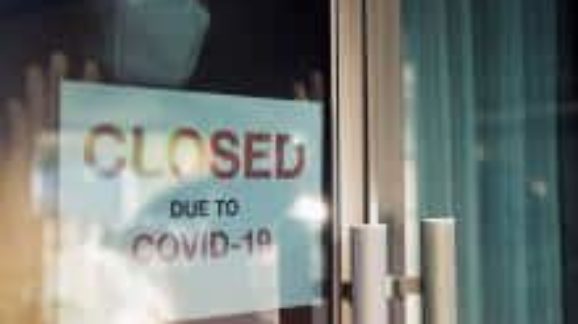Congress’s Paycheck Protection Program Doing More to Hurt than Help

Photo Credit: Getty
The government’s pandemic-prompted, $660 billion Paycheck Protection Program pays businesses to not lay their workers off. Unfortunately, the program’s specific requirement that 75 percent of PPP loans go to hiring workers is doing more to hurt than help economic recovery and preserve jobs.
As with so many bad ideas, good intentions were involved. Congress wanted to ensure that workers remained employed, hence the provision that the loans would be forgiven only if the 75 percent threshold was met. That created a damned-if-you-do-and-damned-if-you-don’t scenario for business owners. If they spent three-quarters of the money on paychecks, they may not have enough left over to pay rent, vendors, utilities, or any other expenses that have been piling up since the outbreak started. But if business owners paid the rent and those other urgent expenses first, they put themselves on the hook for a big IOU to Uncle Sam, which will just make crawling out of the financial hole they are in that much harder.
Manhattan hair salon owners Andrea Hans and Jose Sanchez belatedly discovered that only $43,500 of the $174,000 loan they received could go towards paying the estimated $60,000 in bills they faced. “We put our life savings, every moment of our time and any financial resources we had toward opening this business,” Hans told the Wall Street Journal. “It feels like a funny joke if we had to close because of this.”
In other words, using the majority of the loan to re-hire their staff increases the odds that businesses like Hans and Sanchez’s fail anyway, if they are evicted or can’t afford supplies necessary to operate the business and attract customers. So the workers get laid off a second time and nobody wins. The irony, too, is that businesses could face the prospect of paying employees who have nothing to do due to lack of customers and commerce.
After all that, it’s not clear that the paycheck mandate has made a dent in the unemployment rate. The national unemployment rate reached a record high of 14.7 percent, as of May 8, despite the paycheck mandate. While it’s impossible to know what the jobless rate would be if the program didn’t exist, anecdotal evidence suggests the program is undermined by the employee retention requirement.
Another problem is that many business owners have gotten loans approved only to discover they cannot afford to use them, at least not right away. Jodi Burns, the owner of Blazing Fresh Donuts in Guilford, Conn., told the New York Times she was sitting on a $50,000 loan in the hopes she can get a low-interest rate on it and use it pay off bills. She doesn’t know if that’s possible yet because many of the technical details of the loans are still being figured out by regulators. In the meantime, neither her employers nor her creditors are getting paid. “I don’t accidentally want to commit bank fraud,” Burns said.
Read the full article at The Hill.